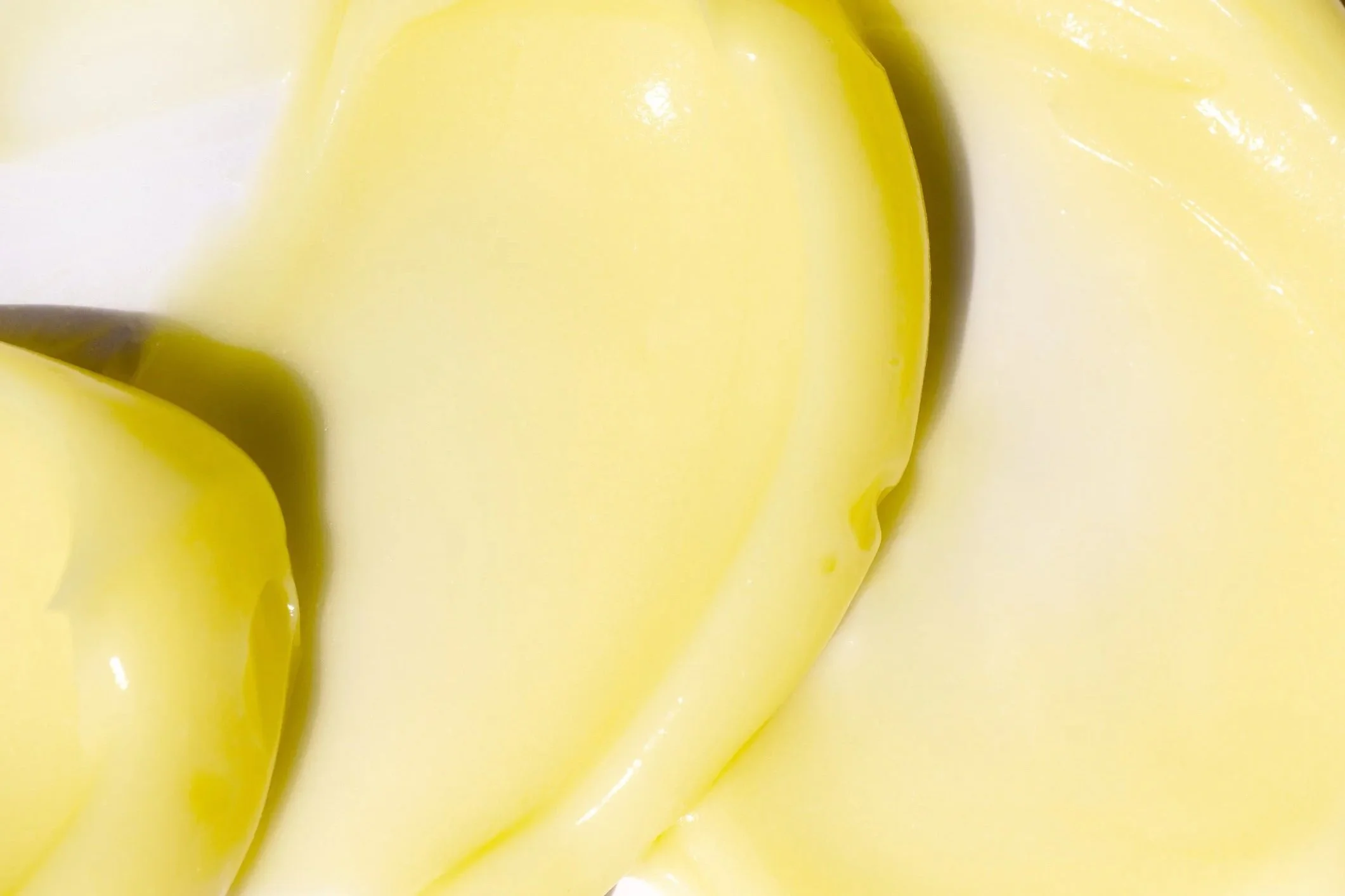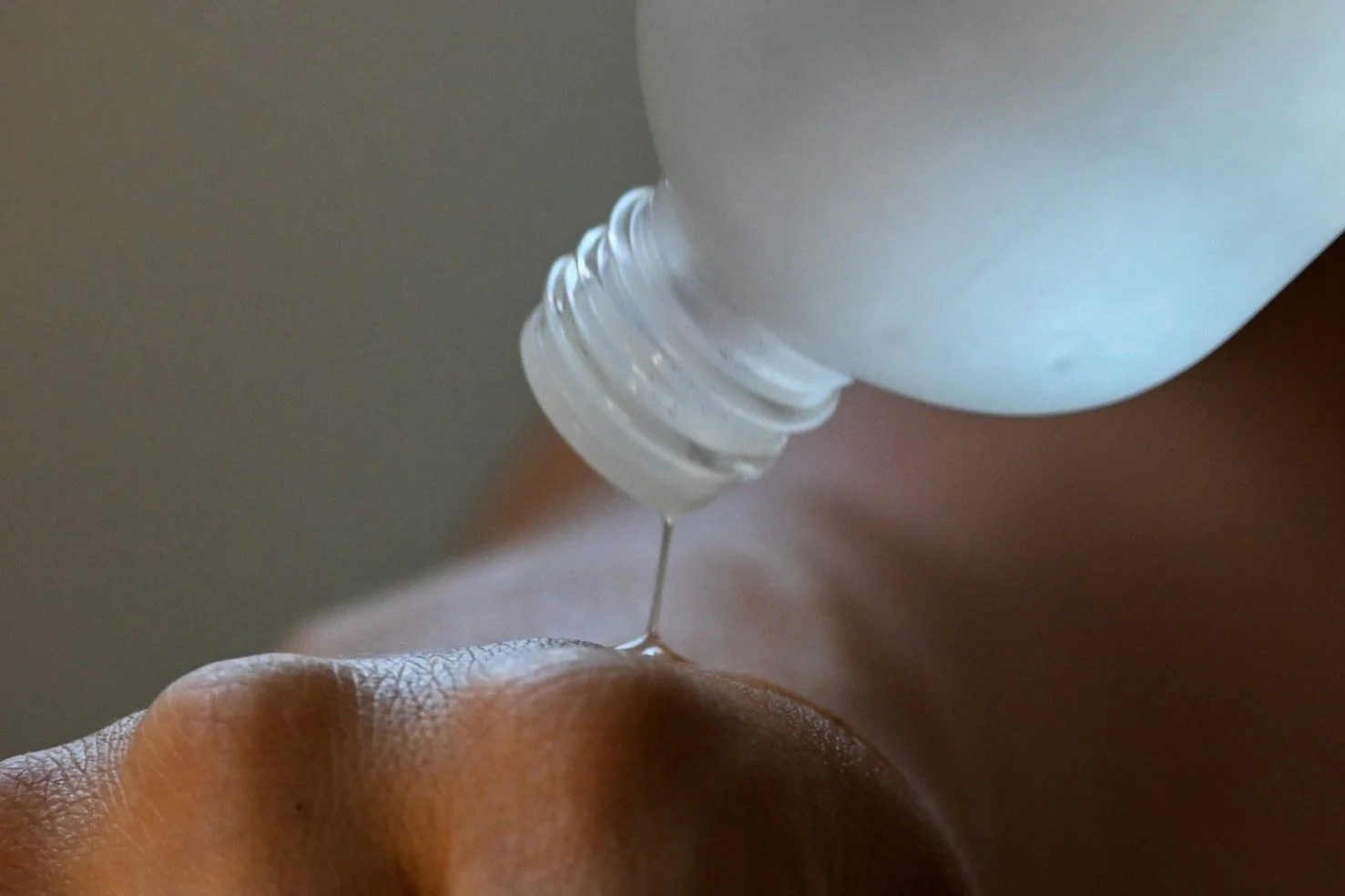I’m Never Buying a Standalone Hyaluronic Acid Product. Here’s Why.
It may be hailed as the hydration hero of skincare, but does it deserve a solo product? Here’s why I don’t think so.
If there could only be one skincare ingredient of the decade, one that absolutely soared in popularity in the late 2010s and has since maintained its top-tier status, even as others have come and gone, it may just be hyaluronic acid.
It first popped-up on my radar—as many of today’s most popular ingredients did—because of The Ordinary and their Hyaluronic Acid 2% serum. Back then, it was the shiny, new must-have ingredient of the summer. But today, it's in everything, from cleansers and moisturizers, to sheet masks, eye creams, sunscreens. and, of course, in standalone serums, toners and essences.
But, here’s the thing. It’s no longer the summer of 2018, and, in my opinion, there are far better options for hydration today than there were back then. So, before you spend your money on a hyaluronic acid product, let me tell you why I wouldn’t bother.
First, What Even Is Hyaluronic Acid?
Hyaluronic acid (HA) is a humectant. That means its main job is to pull water into the skin from the atmosphere. It’s actually a naturally occurring substance in our skin and connective tissues, and it’s great at retaining moisture.
When applied topically, HA helps keep the outer layers of skin looking plump and hydrated. It's especially handy if your skin feels tight, dehydrated, or dull.
Sounds Great—So What’s the Problem?
My problem with HA, isn’t the ingredient itself. It’s with the way it’s sold to us as a miracle worker, and in some cases at a huge premium (ahem, Skinceuticals). The truth is:
1. HA Is Already in Almost Everything
My number one gripe with a standalone HA product is that, more likely than not, you’re already getting more than enough of it in your routine. Because of how stable, easy and relatively inexpensive it is to formulate with, it tends to be added into everything. And I mean, everything.
Do this little test: Check the back of your moisturizer, toner, or even your sunscreen. Odds are, hyaluronic acid is already in there—maybe in multiple forms (sodium hyaluronate, hydrolyzed HA, etc.).
I just did this with 5 random products from my bathroom (I promise, I didn’t cheat, I just blindly grabbed 5 skincare products), and found that 4 out of 5 had HA listed as an ingredient in some form. The only one that didn’t was a sunscreen.
2. It Doesn’t Do Much On Its Own
Hyaluronic acid can pull water into the skin—but only if there’s water to pull. If you’re in a dry climate, or you apply it on bone-dry skin without layering a moisturizer on top, it can actually draw moisture from deeper in your skin instead of the environment. That tight, sticky feeling you sometimes get after an HA serum? Yep. This is what’s happening.
So without a properly layered routine (think: damp skin, followed by occlusive ingredients like squalane or a good moisturizer), your standalone HA serum isn’t doing much.
3. It’s a One-Trick Pony
I’ll admit, I like my products to be multi-taskers, and hyaluronic acid is just a hydrator. That’s it. No brightening, no barrier repair, no acne control, no antioxidant benefit. So I just don’t see a good reason to dedicate an entire step in your skincare routine to a single-ingredient serum that only hydrates.
There Are Better Hydrators Out There
What tends to irk me more is that even purely for hydration, hyaluronic acid isn’t really the best option out there. There are better hydrators, and there are better hydrators which also offer additional skin benefits like exfoliation or barrier repair. So, if hydration is your goal, these are a few great ingredients to look into:
For Pure Hydration: Glycerin
The OG humectant. The true unsung hero of hydration. There’s a reason why most moisturizers worth their salt have glycerin listed as one of their top ingredients. Like HA, glycerin is also a humectant, but it’s known to penetrate deeper into the skin, and relies less on moisture from the environment. Basically, if I see glycerin at the top of the ingredients list of any of my products, I know I don’t need a separate HA product in my routine.
For Hydration + Calming: Beta-Glucan
Beta-glucan has recently started popping up in a lot more products, especially Korean serums and essences—and there’s a good reason for it. Usually derived from oats or mushrooms, this lightweight ingredient not only hydrates but also calms and soothes sensitive or inflamed skin. Perfect if you’re dealing with redness, barrier damage, or post-acne recovery.
For Hydration + Improved Texture & Tone: Glycolic Acid
Glycolic acid is often praised for its exfoliating powers, but what many people don’t realize is that it also has hydrating properties—making it a bit of a two-in-one. It actually works by gradually increasing skin’s natural hyaluronic acid content over time, which improves moisture retention. Plus, it’s got great benefits for skin texture and tone, reducing the appearance of dullness, rough patches, fine lines, and hyperpigmentation.
For Hydration + Barrier Repair: Ceramides
Ceramides are naturally occurring lipids (fats) that make up over 50% of your skin’s outer layer. Now, they don’t work like your typical hydrators, but they support long-term hydration by helping to lock moisture in by strengthening the skin barrier. When your barrier is intact, your skin naturally holds onto hydration better. They’re especially helpful for dry, sensitive, or damaged skin because, while HA may help attract water, ceramides actually help your skin retain it.
What I Use Instead
Look, I’m not completely dismissing hyaluronic acid here. I just prefer to focus on products that include HA as part of a broader formula, rather than using a basic HA serum that’s giving you basic results. Here’s what I look for, with recommendations of some of my favorite products:
Hydrating toners or serums that combine hyaluronic acid with other hydrators like glycerin or beta-glucan
Haruharu Wonder Black Rice Hyaluronic Toner combines hyaluronic acid with beta-glucan and a number of nourishing and brightening ingredients like fermented black rice and bamboo shoot extracts
iUNIK Beta-Glucan, Power Moisture Serum contains a powerful hydrating mix of both beta-glucan and glycerin
Serums that hydrate and treat other skin concerns, like dullness or damaged skin
Anua 7 Rice Ceramide Hydrating Barrier Serum contains hyaluronic acid, alongside skin nourishing ceramides, rice bran water, and brightening niacinamide
Cerave Hydrating Hyaluronic Acid Serum is another one that combines hyaluronic acid with ceramides, but additionally provides more hydrating power from panthenol and vitamin B5
Moisturizers that contain a blend of humectants and emollients
Vanicream Daily Facial Moisturizer is a dermatologist fave, featuring humectants like hyaluronic acid and glycerin, and emollients, like ceramides and squalane
Dr. Althea 345 Relief Cream gained a cult following on social media for its post-acne usage, but is a great option for hydration containing hydrating HA, panthenol, glycerin and ceramides alongside a blend of botanicals
Final Thoughts: Choose Formulations That Give You More
Hyaluronic acid is effective for hydration, but it’s not the only game in town. In fact, it’s kind of a one-note ingredient. The alternatives above not only hydrate, but also help soothe, heal, smooth, and support your skin barrier—making them smarter choices in a minimalist skincare routine.
When you’re building your routine, think about ingredients that offer more than one benefit. That way, your products work harder, your routine stays streamlined, and your skin gets exactly what it needs—no over-hyped serums required.
About The Skinimalist
Hi, I’m Mal, a 30-something recovering skincare addict, and this is my blog. A space where I attempt to de-influence you from chasing trends and buying more skincare products you may not need.







Wondering what microcurrent devices really do? I’ve got the science, the benefits, and an honest review of the ZIIP Halo microcurrent + nanocurrent device.